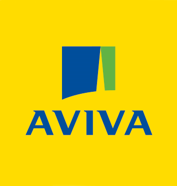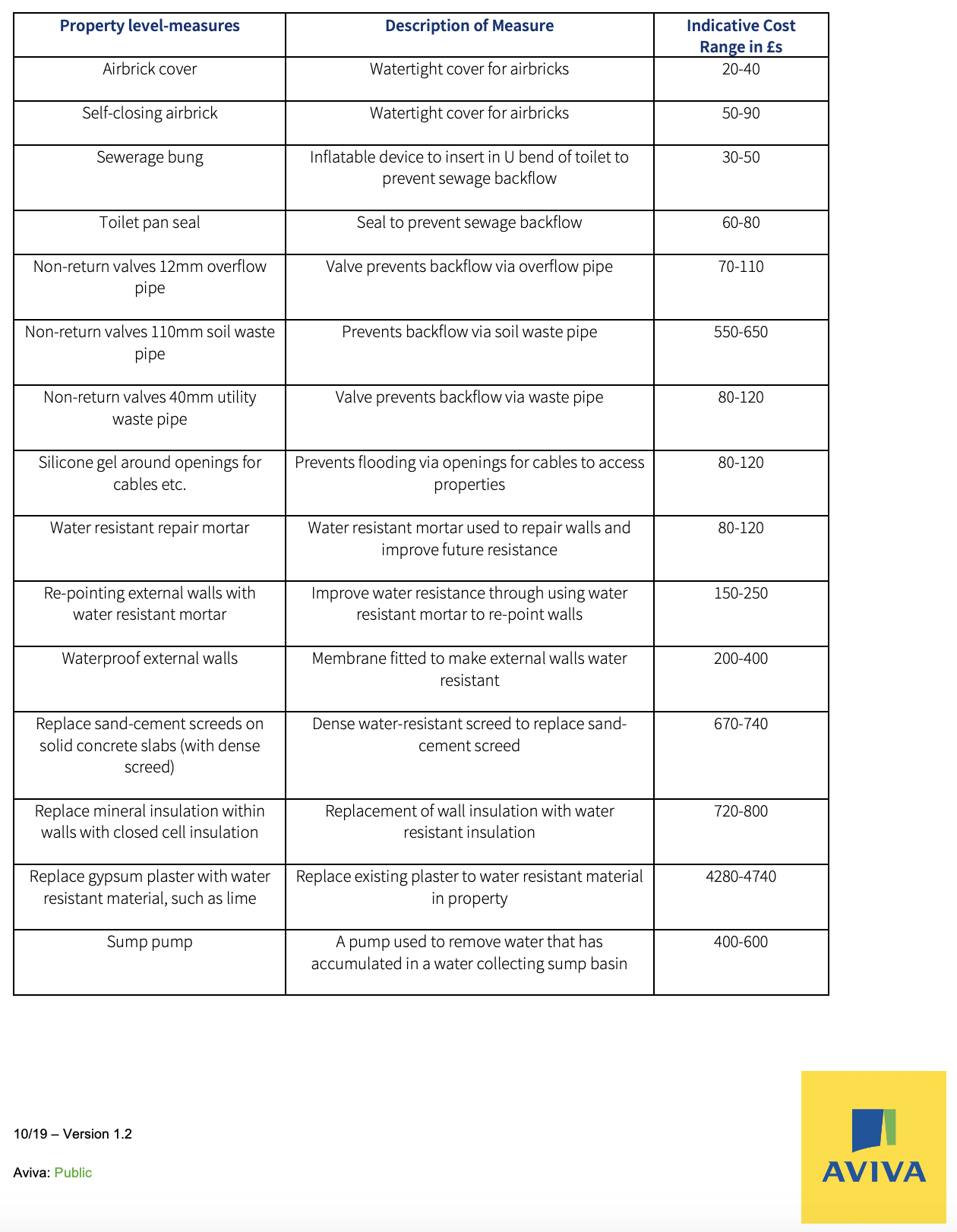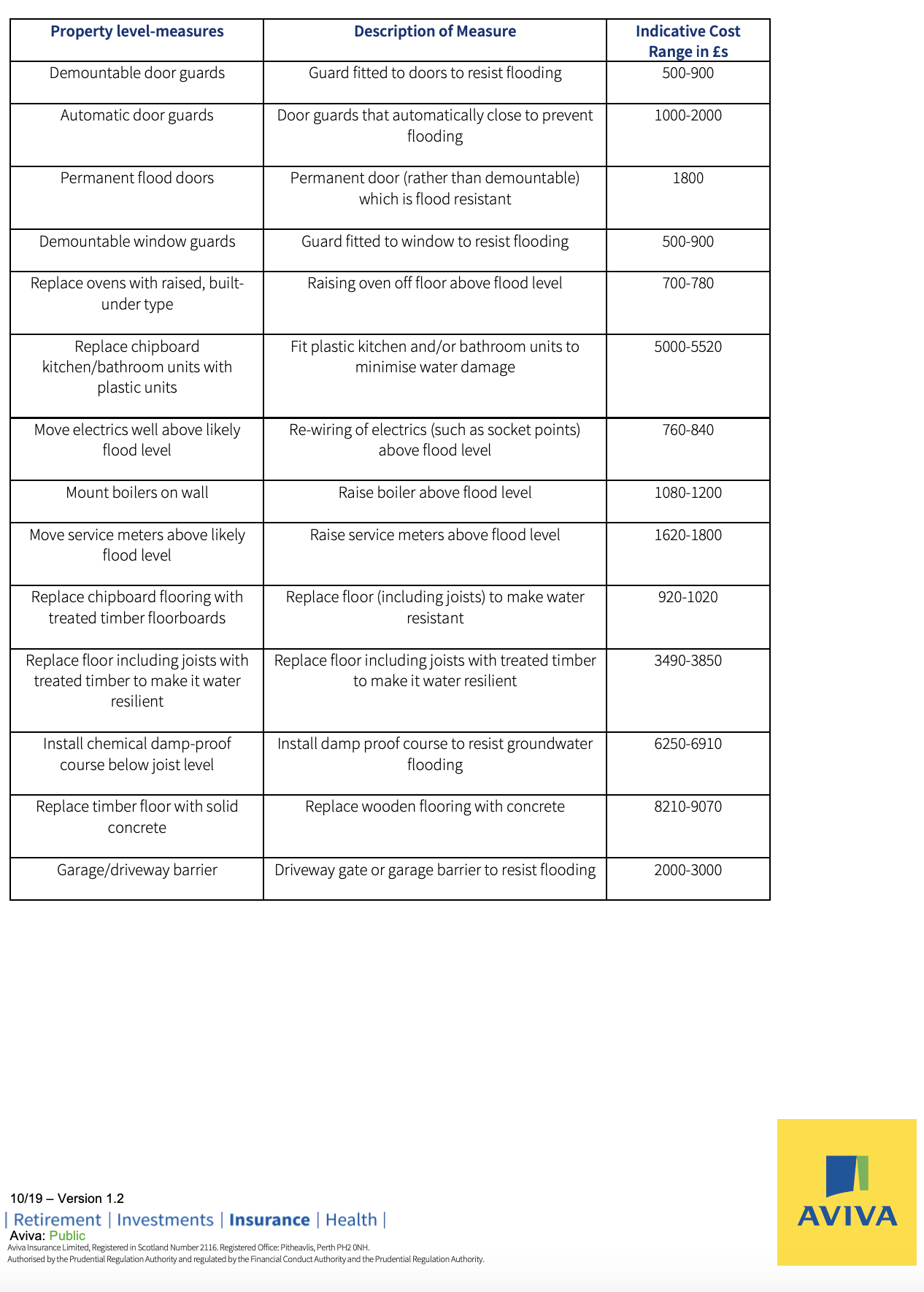Title Page
-
Date
-
Completed by
-
Location
-
Loss Prevention Standards (OFF to remove from print out)
Flood – Risk Review and Actions Checklist
Assessing the Risk of Flood
-
1. Does the site have a history of flooding?
-
2. Is the site close to any rivers, streams, water drainage ditch, similar water channels and open bodies of water such as lakes or reservoirs?
-
3. Is the property located in a low-lying area?
-
4. Is the property situated in a known flood plain?
-
5. Are any basements, cellars or similar used by you which may be affected by flooding?
-
6. Additional Comments
Actions to be Taken if You Have Identified a Flood Risk
-
7. Have you developed a Flood Emergency Response Plan or extended existing emergency plans, including Business Continuity Plans, and are they regularly tested?
-
8. Are building walls sealed or liquid tight to at least one metre higher than expected inundation levels?
-
9. Where pipes, cable runs etc. penetrate external walls, are they adequately sealed?
-
10. Are critical/vulnerable equipment and stock stored off the floor or relocated to other parts of the premises, or to an upper floor?
-
11. Is stock in the open stored on purpose built, elevated metal racking secured to the ground and/or has consideration been given to the use of permanent water-resistant concrete plinths for yard storage?
-
12. Are fuel storage tanks suitably anchored to limit the potential for damage or pollution under flood conditions?
-
13. Where critical plant is located in basements and cannot be relocated, is the area around it protected from the potential of flooding?
-
14. Have electrical and telecommunications points such as sockets, telephone connections, cabinets and servers been raised to a higher point e.g. at least one metre above expected flood levels?
-
15. Has consideration been given to replacing susceptible linings, furniture, fixtures and fittings with more water-resistant alternatives?
-
16. Are contracts and agreements in place with appropriate salvage, recovery and restoration organisations?
-
17. Has a flood kit been assembled? For example, does it contain: Aviva’s emergency helpline telephone number, details of the insurance policy and other useful numbers such as customers, suppliers, the local council and Emergency Services?
-
18. Do you subscribe to flood alert warnings such as the Environment Agency flood alert scheme (for properties in England & Wales)?
-
19. Have local property flood protection devices such as demountable barriers, air brick covers (for brick buildings), sand bags and non-return valves for drains and waste pipes been purchased/installed ready for use?<br>If so, are nominated employees familiar with these devices and how to use them, and are suitable maintenance arrangements in place for such equipment?
-
20. Has the health and safety of employees/visitors been considered in the event of a flood?
-
21. Are regular checks of the building structure undertaken to look for any defects, cracks and gaps through which water could enter the premises?<br>Is it ensured that any defects/openings which are discovered are promptly sealed up?
-
22. Are drainage systems such as guttering, down pipes and drains regularly inspected and maintained at least once a year?
-
23. Do any yards or adjacent roads slope towards your premises?
-
24. If you become aware that local street drainage systems cannot cope in times of rainfall, do you ensure that this is reported to the controlling authority as it may be that it has become silted up and requires cleaning?
-
25. Are your premises visited during times when the site is closed such as holidays, to make certain that any problems are identified at the earliest opportunity?
-
26. Additional Comments:
Actions to be Taken if a Flood is Forecast
-
27. Has the Flood Emergency Response Plan been activated and communicated?
-
28. If possible, have gas, electricity and water supplies been turned-off (water at the mains), ensuring a safe shut-down of critical plant and machinery?<br>Are your employees trained how to do so?<br>Is power to alarm/security systems maintained during these times?
-
29. Have all electrical items been unplugged and where possible stored up high or on upper storeys?<br>With regards to heavy electrical items, has the possibility of raising them above anticipated flood water levels been considered?
-
30. Have flow valves been closed-off on gas and oil tanks which supply the premises through pipes and fittings?
-
31. Has furniture, machinery and stock been moved to upper storeys?
-
32. Have any temporary flood protection measures/barriers been deployed?
-
33. Have vehicles and trailers been moved to higher and secure ground?
-
34. Are procedures in place to be alert to the risk of flooding caused not only by rivers, but also surface water building up and overwhelming drains following heavy periods of rainfall, leading to localised flooding?
-
35. Has vulnerable stock sited in open yards been relocated or on securely anchored racking, well above anticipated flood levels?
-
36. Have any hazardous substances been protected from flood, e.g. moved, covered and contained?
-
37. Additional Comments:
Actions to be Taken During a Flood
-
38. Have you cooperated with the Emergency Services including if they inform you to evacuate the premises during a flood?
-
39. Are you prepared to act quickly to get all employees and visitors to safety?
-
40. Has guidance been provided to all individuals advising them not to try and walk or drive through flood waters – six inches of fast flowing water can knock you off your feet and two feet of water can move a car?
-
41. Has information been provided to all individuals on risks to be aware of such as manhole covers having come off along with other hazards that cannot be seen under flood water?
-
42. Have employees been advised not to walk on river banks or cross bridges as they may collapse?
-
43. Have employees been advised to avoid contact with flood water as it may be contaminated with sewage (they should be aware of waterborne diseases such as Weil’s disease where there are areas of standing flood water)?
-
44. Have you contacted Aviva and your insurance intermediary to advise them what has happened?<br>Aviva will be able to provide best guidance and instigate any specialist services which may be required. Ensure that Aviva have your contact information should you have to vacate the premises.
-
45. Are the premises secured when vacated?
-
46. Additional Comments
Immediate Post Flood Actions
-
47. Have you ensured that only authorised individuals re-enter the site until such time as it has been deemed safe to do so?
-
48. Have salvage operations been undertaken?
-
49. Have you ensured that electrical or gas supplies in flooded buildings have not been used until appropriate checks have been completed by qualified individuals?
-
50. Have checks been undertaken on the safety of any hazardous items?
-
51. Have the fire protection and security systems been assessed including plans to reinstate them as quickly as possible?
-
52. Have all covers and barriers been removed once the flood water has receded to allow air to circulate and water to escape?
-
53. Have flood protection devices been cleaned to avoid possible contamination?
-
54. Have photos and videos of damage to buildings, contents or stock been taken as this may assist with damage assessment and settlement of a claim?
-
55. If making an insurance claim, have you avoided disposing of any items until Aviva have confirmed that it is acceptable to do so?
-
56. Additional Comments
Reducing Damage and Disruption From Flood in Future
-
57. Have flood resilience or resistance measures been considered for all site buildings?
-
58. Have you reviewed the Flood Emergency Response Plan following the flood and updated/amended accordingly along with other emergency plans such as Business Continuity? <br><br>Has any new learning including training where required, been implemented?
-
59. Additional Comments:
Flood Emergency Response Plan (FERP)
-
Details of the Organisation
-
Address
-
Name of Individual(s) Responsible for FERP:
-
Date of FERP:
-
FERP Review Date:
-
FERP Scope/Objectives: e.g. why the plan has been established and the aims and objectives of the plan
-
Flood Threat: i.e. detailing the flood exposure
-
Details of the FERP team members and their roles and responsibilities when the plan is implemented:
Essential Contacts
-
Flood Alert Organisation
-
Aviva Claims Helpline
-
Insurance Intermediary
-
Utilities
-
Telecommunications
-
Salvage Organisation
-
Recovery Organisation
-
Restoration Organisation
Staff Contact List
-
•Contact
-
Name
-
Address
-
Telephone/Mobile
-
Emergency Contact
-
Emergency Telephone & Address
Key Locations
-
•Location
-
Electricity
-
Gas
-
Water
-
Oil
-
Telecommunications
Protective Actions
-
Identify stock, equipment and possessions that may require special protective measures and describe the actions you will take to prevent damage in the event of a flood. Examples of items and ways to protect them are suggested below:
Consider:
• Computers/databases/computer files
• Tables/desks/chairs/stools/heavy furniture
• Vehicles
• Paper files
• Electrical items
• Personnel files
• Hazardous substances/chemicals/oils/potential pollutants
Potential protective measures include:
• Copying important documentation and storing in safe location
• Raising items above ground level
• Purchase of flood protection products
• Replacement with flood resistant items
• Relocation to safer location off site or within the premises, e.g. on upper floor
•Item
-
Specify Item to be Protected
-
Protective Measure
Resilience Measures and Indicative Costs for Homes, Offices and Other Domestic Type Premises
Sign Off
-
Completed by: (Name and Signature)
















